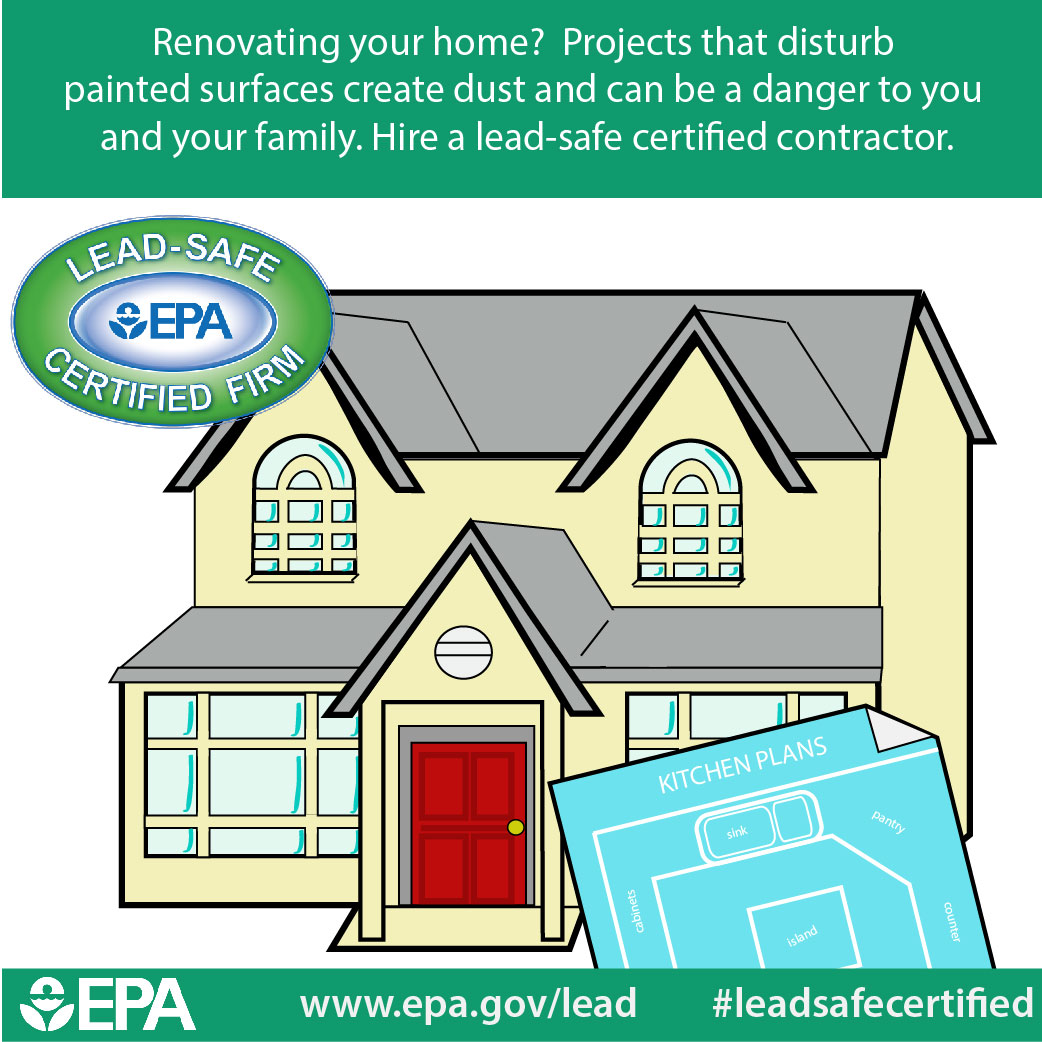Detailed Summary For Prepping Your Walls Before Applying Paint
Detailed Summary For Prepping Your Walls Before Applying Paint
Blog Article
Content Create By-Grace Kearns
When you're prepping your wall surfaces for paint, it's important to follow a systematic procedure to ensure a flawless finish. Beginning by analyzing the wall for any damages; this action can make or damage your project. When you've recognized any concerns, cleansing the surface area properly is essential, as a dirty wall can impact paint adhesion. Afterwards, you'll need to spot any kind of flaws and apply a primer. Yet there are specific methods and ideas that can elevate your prep work video game-- allow's explore those more to attain the very best results.
Assessing Wall Problem
Before you get your paintbrush, take a minute to analyze your wall surfaces' condition. Check for any kind of visible damages like splits, openings, or peeling off paint. These imperfections can affect exactly how the paint adheres and looks once it's dry. If you observe any type of significant damage, you'll need to focus on fixings prior to diving into paint.
Look carefully at the structure of your walls. Is the surface smooth, or exists texture that might need special factor to consider? Smooth walls usually need much less preparation, while distinctive surface areas may require more time to repaint equally.
Likewise, take into consideration the previous paint task. If the old paint is shiny, it mightn't allow new paint to stick effectively. You'll would like to know if your wall surfaces have actually been painted with oil-based or water-based paint, as this can influence your selection of primer or paint.
Lastly, take note of any type of wetness issues. If you see indicators of water damages or mold and mildew, address these troubles quickly to avoid further problems.
Cleaning the Surface
When you've analyzed the condition of your wall surfaces, the next step is cleaning up the surface. Start by gathering commercial house painers : a bucket, cozy water, a light detergent, a sponge or fabric, and a scrub brush for harder areas.
Begin at the top corner of the wall and work your means down. Mix the cleaning agent with warm water in your bucket, after that dip the sponge or towel into the service. Wring it out to prevent extreme dampness on the wall surfaces.
As you clean, pay attention to locations that may've built up dirt, oil, or finger prints. For persistent spots, use the scrub brush carefully to prevent damaging the paint below. Wash your sponge or towel often in tidy water to stop spreading out dust around.
After cleansing, it's essential to wipe the wall surfaces with a damp cloth to get rid of any soap residue. This action makes sure a smooth surface for the brand-new paint to abide by.
Allow the walls to completely dry completely before going on to the following prep work steps. This thorough cleansing procedure will certainly help create a fresh canvas for your paint job, guaranteeing the very best results.
Patching and Priming
Patching and priming are essential steps in preparing your walls for a fresh coat of paint. First, inspect straight from the source for any type of holes, splits, or blemishes. Use painting company spackling substance or patching paste to fill up these areas.
Apply the compound with a putty blade, smoothing it out so it's flush with the bordering surface area. Permit it to completely dry completely, and afterwards sand it lightly till it's smooth and also.
When you have actually covered whatever, it's time to prime. Guide aids secure the patched locations, guaranteeing the paint sticks appropriately and gives an uniform coating. Choose a primer ideal for your wall surface type and the paint you'll be utilizing.
Use the guide utilizing a roller for larger locations and a brush for corners and sides. If your covered areas are dramatically big or permeable, you may intend to use a second coat of guide after the first one dries out.
After priming, let every little thing completely dry extensively before moving on to painting. This prep work won't only boost the look of your walls however additionally lengthen the life of your paint task.
Take your time, and you'll be pleased with the results.
Final thought
By adhering to these straightforward steps, you can accomplish a smooth and expert finish on your wall surfaces. Begin by analyzing their problem, then tidy and patch any type of imperfections prior to applying primer. Bear in mind to enable sufficient drying out time and make sure everything is smooth prior to you dive into painting. With the right preparation, you'll set the stage for a beautiful transformation in your space. Now, collect your products, breathe in the fresh air, and get ready to paint!
